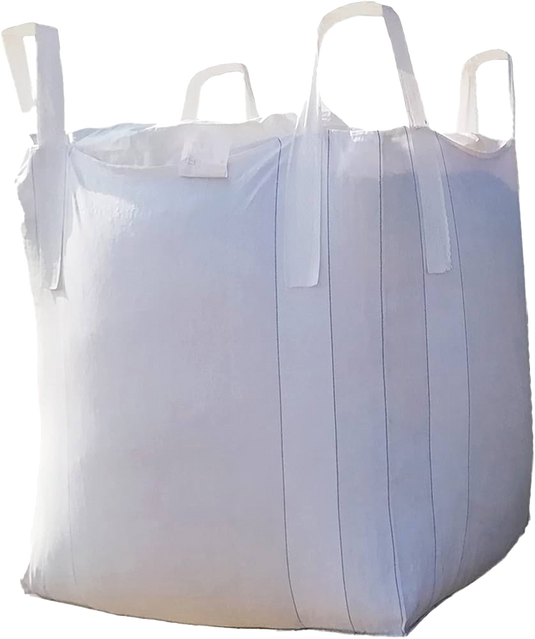The cultivation of winter wheat for cattle feed demands meticulous attention to disease management. The presence of diseases can impact both the yield and nutritional content of the grain. For cattle, the grain's quality can have a direct effect on their health and growth. Thus, managing diseases effectively becomes paramount. This guide focuses on the identification, prevention, and control of diseases in winter wheat to ensure the best possible quality for cattle feed.
1. Identification of Prevalent Diseases
-
Fusarium Head Blight (Scab): Recognized by the bleaching of spikelets, this disease can produce mycotoxins detrimental to livestock.
-
Stripe Rust: It manifests as yellow-orange pustules arranged in stripes on leaves.
-
Leaf Blotch (Septoria/Stagonospora): This disease presents as brown spots or blotches on leaves, which can merge and hinder photosynthesis.
-
Powdery Mildew: Appears as white, powdery patches on the upper surface of leaves and stems.
-
Take-all and Common Root Rot: These root diseases can significantly reduce the plant's nutrient and water uptake, leading to stunted growth.
2. Disease Prevention Strategies
-
Resistant Varieties: Using disease-resistant winter wheat varieties is a proactive measure. Research and choose varieties best suited for your region and known disease pressures.
-
Optimal Planting Time: Adhering to recommended planting windows can help evade peak disease pressures.
-
Crop Rotation: Continuously planting wheat in the same field can escalate disease prevalence. Incorporate non-host crops in rotation to break disease cycles.
-
Manage Residues: Many pathogens thrive in crop residues. Tillage or residue management can minimize the disease inoculum for subsequent seasons.
-
Balanced Nutrition: Ensuring the right nutrient balance makes plants less susceptible to diseases. Over-fertilization can sometimes increase vulnerability.
3. Active Disease Management
-
Regular Field Monitoring: Periodic scouting helps in early disease detection, allowing timely interventions.
-
Fungicide Applications: When disease presence surpasses threshold levels, targeted fungicide applications can be invaluable. Ensure that any fungicides used are safe for grains destined for cattle consumption.
-
Seed Treatments: Treating seeds with appropriate fungicides can offer protection against early-season diseases.
-
Optimal Plant Density: Overcrowding can lead to a humid microclimate, conducive to fungal growth. Plant at recommended densities to ensure adequate air circulation.
-
Stay Updated: New disease strains or outbreaks can emerge. Regularly consult agricultural updates, attend workshops, or connect with local extension services to stay informed.
4. Monitoring & Post-Harvest
-
Mycotoxin Testing: If diseases like Fusarium have been a problem, consider testing the grain for mycotoxins before feeding it to cattle.
-
Grain Storage: Ensure stored grain remains dry. Moist conditions in storage can exacerbate mold growth, further compromising grain quality.
For those growing winter wheat as cattle feed, managing diseases is not just about preserving yield; it's about ensuring the health of the livestock that rely on the grain. A proactive, informed, and responsive approach to disease management will not only protect the wheat but also contribute to a healthier, more productive cattle herd.



